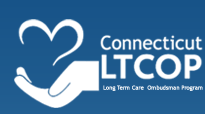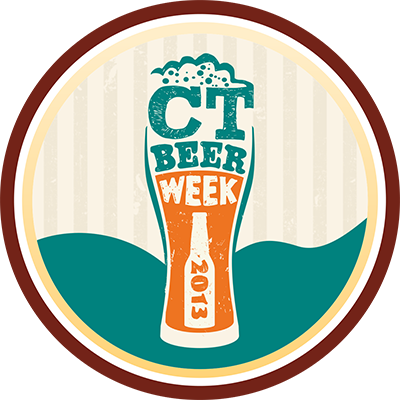State, AARP Seek Volunteer Resident Advocates to Give Voice to Facility Residents
/
AARP Connecticut is working with the state Department on Aging Long Term Care Ombudsman Program (LTCOP) to help recruit and train Volunteer Resident Advocates who help residents of skilled nursing facilities, residential care homes and assisted living facilities solve problems and voice their concerns. Orientation sessions will be held in June in Manchester, Meriden and New Fairfield for individuals interested in learning more about the program.
The Volunteer Resident Advocate, along with the Regional Ombudsman, helps voice residents’ concerns and empower residents speak up themselves, consistent with their individual rights. This is accomplished through individual consultation and complaint resolution as well as follow-through with state agencies and advocacy organizations.
In lending its support to help identify volunteers for the program, AARP Connecticut gets the word out to nearly 600,000 members age 50 and over throughout the state of Connecticut.
The LTCOP, mandated by the federal Older American’s Act and state law, works to improve the quality of life and quality of care of Connecticut citizens residing in nursing homes, residential care homes and assisted living communities. All Ombudsman activity is performed on behalf of , and at the direction of residents. All communication with the residents, their family members or legal guardians, as applicable, is held in strict confidentiality.
, and at the direction of residents. All communication with the residents, their family members or legal guardians, as applicable, is held in strict confidentiality.
Volunteer Advocates may speak to the dietitian about a resident’s desire for a change in diet, let the nurse know a resident needs more timely assistance, or discuss with the administrator a resident’s idea for weekend activities. Volunteer Advocates and Ombudsman support quality of life for residents by listening to and working for resident’s needs and interests and helping residents and families work with nursing home staff for changes to improv e nursing home life. They help residents, their families and staffs communicate better with each other.
e nursing home life. They help residents, their families and staffs communicate better with each other.
Orientation sessions are being held in Connecticut this June at the following locations:
- Wednesday, June 19, 2013, 9am – 12pm, Manchester Senior Center, 549 East Middle Turnpike
- Monday, June 24, 2013, 9am – 12pm, New Fairfield Senior Center, 33 Connecticut Route 37
- Tuesday, June 25, 2013, 9am – 12pm, Meriden Senior Center, 22 West Main St.
To learn more or to RSVP for one of the upcoming orientation sessions, call toll-free at 1-866-388-1888.
In addition to recruiting and training Volunteer Resident Advocates, the LTCOP responds to, and investigates complaints brought forward by residents, family members, and/or other individuals acting on their behalf. Ombudsmen monitor state and federal laws and regulations, and make recommendations for improvement. The State Ombudsman also works with policy makers, legislators and stakeholders to advance and improve systems and protections at the state level.











































